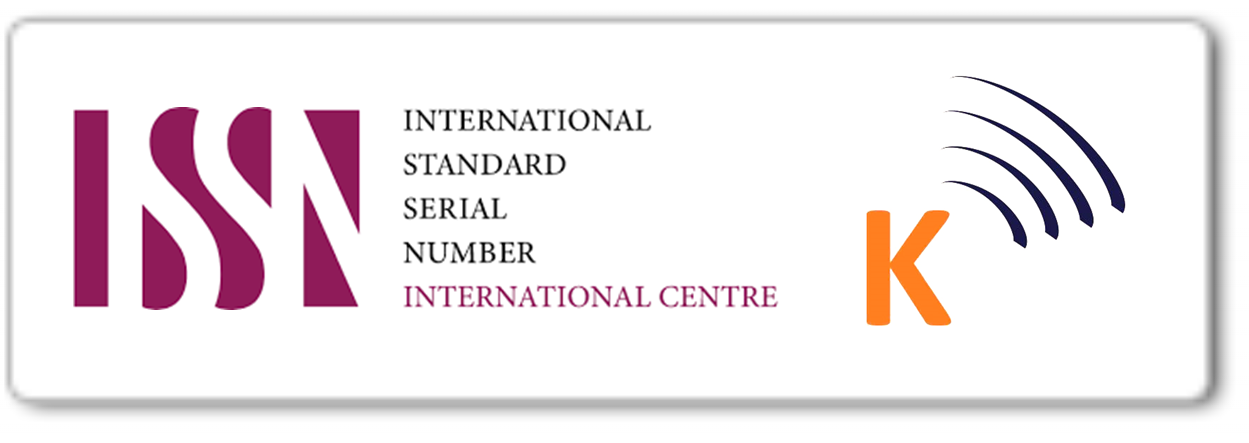EKSPERIMENTASI MODEL PEMBELAJARAN KOOPERATIF TIPE STAD DAN JIGSAW PADA POKOK BAHASAN SISTEM PERSAMAAN LINEAR DUA VARIABEL DITINJAU DARI MOTIVASI BELAJAR
Keywords: achievement, Jigsaw, motivasi, motivation, prestasi, STAD
Abstract
The objectives of the research are to investigate: (1) Whether the students taught with cooperative learning model STAD type has a better mathematics achievement than students taught with cooperative learning model Jigsaw type and conventional learning model and whether students taught with cooperative learning model Jigsaw type has the mathematics achievement better than students taught with conventional learning model on the subject of Two Variables System of Linear Equations, (2) Among the cooperative learning models STAD type, Jigsaw type and convensional learning model which produces better learning achievement when viewed from the students learning motivation, that is, low, medium and high. The research used a quasi-experimental research method. Its population was all of the students in Grade VIII of The State Junior High School in Surakarta city in the academic year of 2010/2011. The samples of the research were 283 students and were taken by stratified cluster random sampling technique. The data of the research were gathered through documentation, questionnaire, and test. The data of the research were analyzed by using a two-way analysis of variance with unequal cells, the pre-requisite of the analyzed using Lilieforss test for normality test, the homogeneity test used Bartletts test, at the significance level of (?) = 5%. The conclusion of this study are: (1) Students taught by STAD learning model has a better mathematics achievement than students taught by Jigsaw and the conventional learning model and students taught by Jigsaw learning model has the same mathematics achievement than students taught by the conventional learning model on the subject of Two Variables System of Linear Equations, (2) In each category of learning motivations, that is, high, low and medium, students taught by cooperative learning model STAD type has a better mathematics achievement than students taught by cooperative learning model Jigsaw type and the conventional learning model and students taught by cooperative learning model Jigsaw type has the same mathematics achievement than students taught by the conventional learning model.
Tujuan dari penelitian ini adalah untuk menyelidiki: (1) Apakah para siswa diajarkan dengan model pembelajaran kooperatif tipe STAD memiliki prestasi matematika lebih baik daripada siswa yang diajarkan dengan model pembelajaran tipe Jigsaw kooperatif dan model pembelajaran konvensional dan apakah siswa diajarkan dengan model pembelajaran kooperatif tipe Jigsaw pencapaian matematika lebih baik daripada siswa yang diajarkan dengan model pembelajaran konvensional pada subjek Dua Variabel Sistem Persamaan Linear, (2) Di antara model pembelajaran kooperatif jenis STAD, jenis Jigsaw dan model pembelajaran konvensional yang menghasilkan prestasi yang lebih baik belajar bila dilihat dari motivasi belajar siswa, yaitu rendah, sedang, dan tinggi. Penelitian ini menggunakan metode penelitian kuasi-eksperimental. Populasi adalah semua siswa kelas VIII dari Sekolah SMP Negeri di Kota Surakarta pada tahun akademik 2010/2011. Sampel penelitian ini adalah 283 siswa dan diambil dengan teknik cluster sampling stratified random. Data penelitian dikumpulkan melalui dokumentasi, angket, dan tes. Data penelitian dianalisis dengan menggunakan analisis dua arah berbeda dengan sel tak sama, pra-syarat yang dianalisis menggunakan uji Liliefors untuk uji normalitas, uji homogenitas menggunakan uji Bartlett, pada tingkat signifikansi (?) = 5%. Kesimpulan dari penelitian ini adalah: (1) Siswa diajarkan dengan model pembelajaran STAD memiliki prestasi matematika yang lebih baik daripada siswa yang diajarkan oleh Jigsaw dan model pembelajaran konvensional dan siswa diajarkan dengan model Jigsaw pencapaian matematika yang sama dari siswa diajarkan dengan pembelajaran konvensional model pada subjek Dua Variabel Sistem Persamaan Linear, (2) Dalam setiap kategori motivasi belajar, yaitu, tinggi, rendah dan menengah, siswa diajarkan dengan model pembelajaran kooperatif tipe STAD memiliki prestasi matematika yang lebih baik daripada siswa yang diajarkan dengan pembelajaran kooperatif model Jigsaw dan model pembelajaran konvensional, dan siswa diajarkan dengan model pembelajaran kooperatif tipe Jigsaw memiliki prestasi matematika yang sama dari siswa yang diajarkan dengan model pembelajaran konvensional.
Downloads
References
Arends, R. (1997). Classroom instruction and management. Central Conecticut State University:the McGrow-Hill Companies.
Depdiknas. (2006). Standar isi mata pelajaran matematika SMA/MA
kurikulum 2006. Jakarta: BSNP.
Margono. (2009). Publikasi tesis/disertasi siap uji. Diambil 20 Februari 2012, dari http://pasca.uns.ac.id/ ?p=272.
Perkins, D. V., & Saris, R. N. (2001). A "Jigsaw Classroom" technique for undergraduate statistics courses. The journal of teaching of psychology, 28(2), 111113.
Ruseffendi. (1991). Pengantar kepada membantu guru mengembangkan kompetensinya dalam pengajaran matematika untuk meningkatkan CBSA. Bandung: Tarsito.
Slavin. (1995). Cooperative learning, Theory and practise (4th ed). Allyn and Bacon Publishers.
Sumarmo, A. (2011, Agustus 5). Diambil Februari 2012, dari http://elearning.unesa.ac.id/ myblog/alim-sumarno/keefektifan-penerapan-paduan-model-pembelajaran-problem-solving-dan-kooperatif-tipe-stad-untuk-meningkatkan-hasil-belajar-dan-berpikir-kritis.
Wardhani, D. S. (2008). Paket fasilitasi pemberdayaan KKG/MGMP matematika. Diambil 20 February 2012, dari http://p4tkmatematika.org/fasilitasi/13-SI-SKLSMP-Optimalisasi-Tujuan-wardhani.pdf.
Zakaria, E., & Iksan, Z. (2007). Promoting cooperative learning in science and mathematics education: A Malaysian perspective. Eurasia journal of mathematics, science & technology education, 3(1), 35-39.







